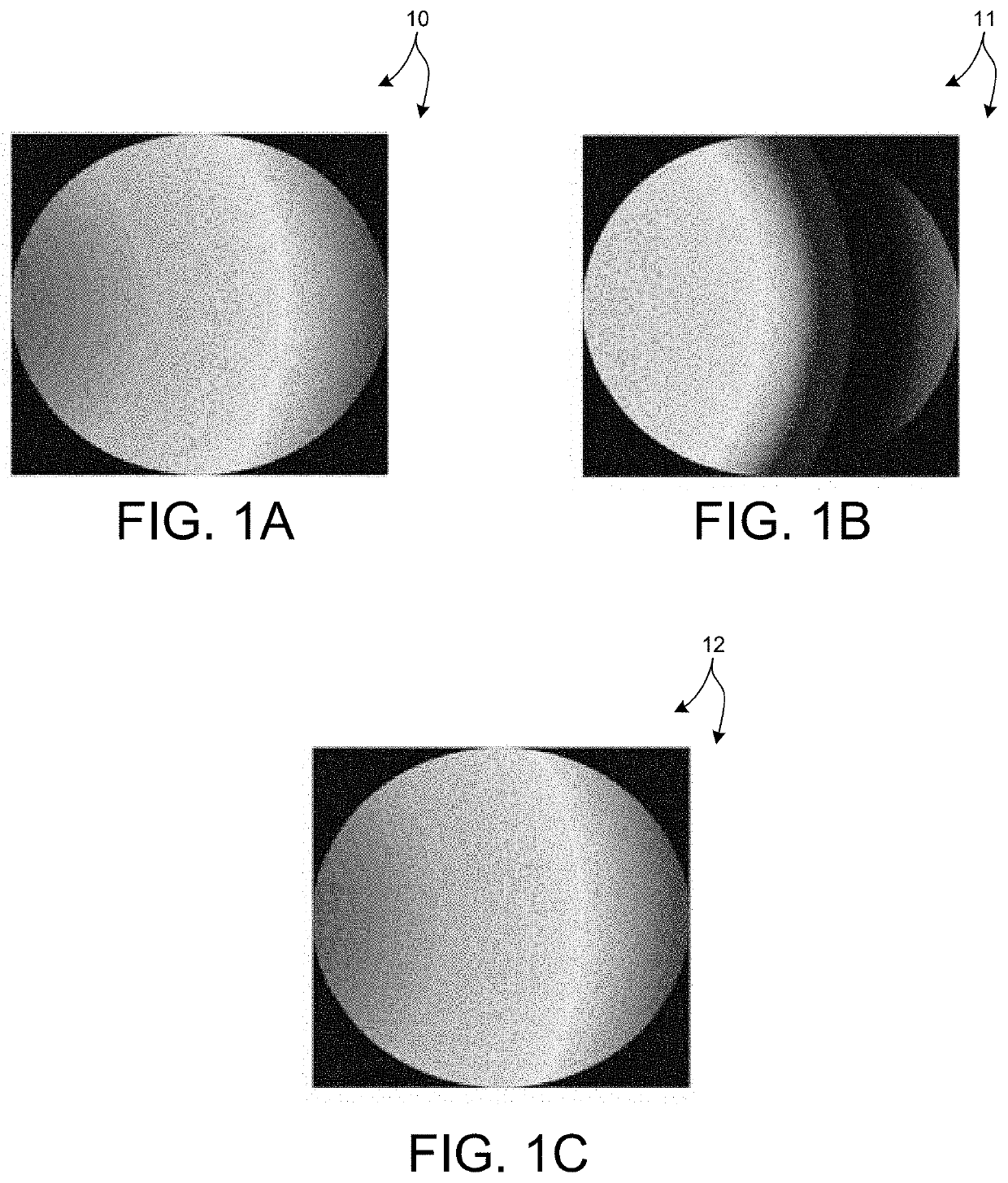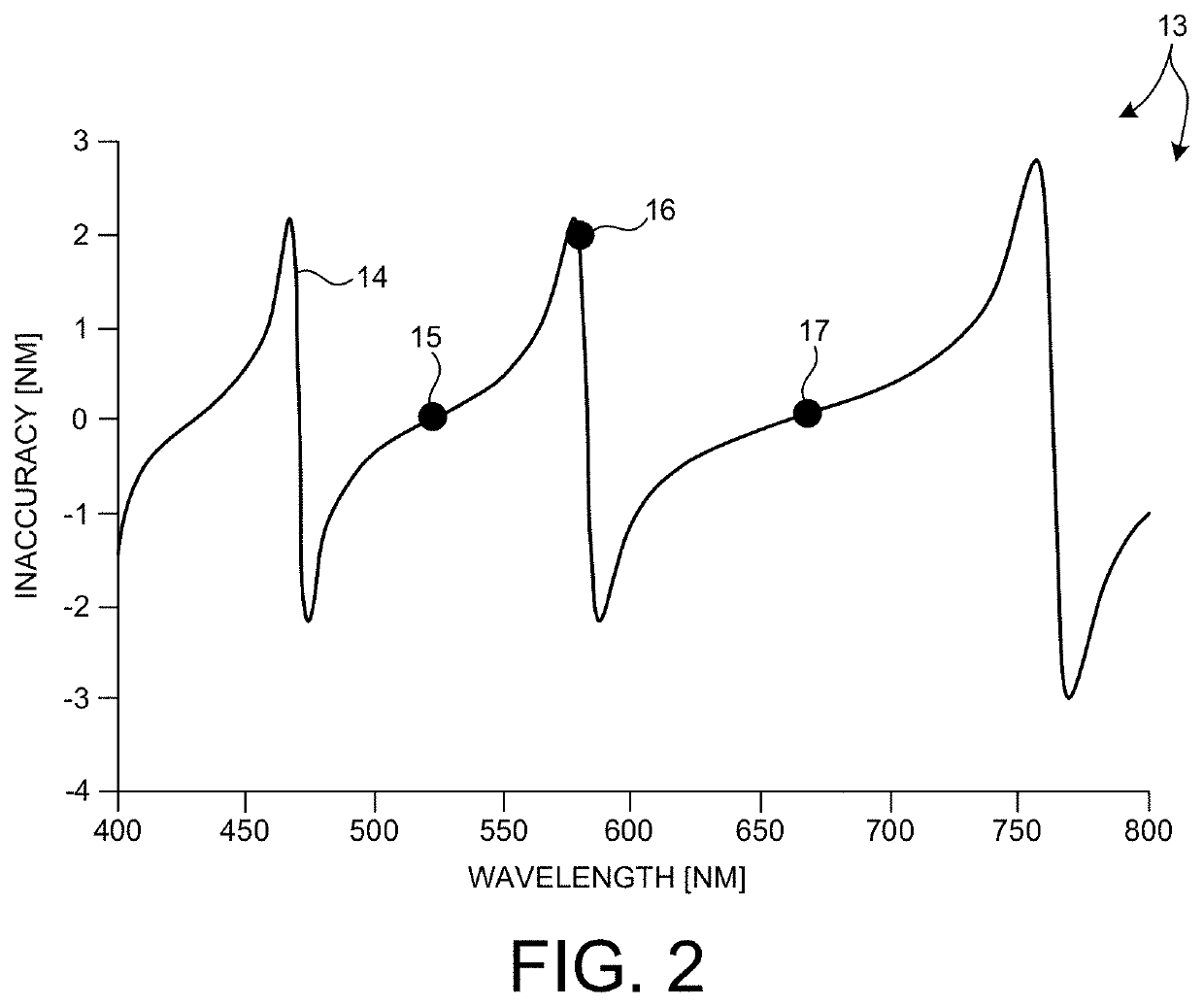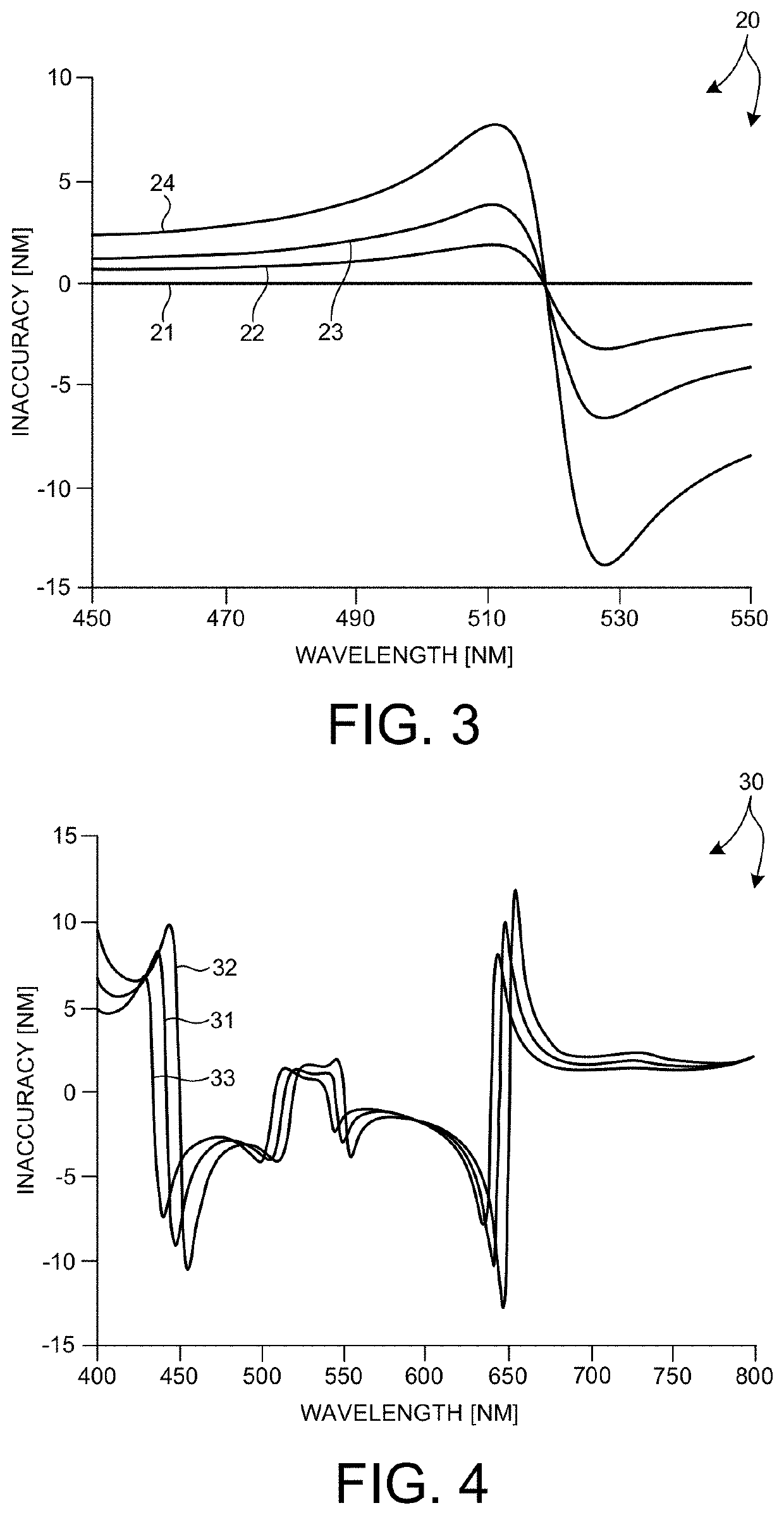Process robust overlay metrology based on optical scatterometry
a technology of optical scatterometry and overlay measurement, applied in the field ofmetrology systems and methods, can solve the problems of specialized target structures not meeting design rules, more structures are misaligned, and the performance of manufactured electronic devices may be compromised
- Summary
- Abstract
- Description
- Claims
- Application Information
AI Technical Summary
Benefits of technology
Problems solved by technology
Method used
Image
Examples
Embodiment Construction
[0051]Reference will now be made in detail to background examples and some embodiments of the invention, examples of which are illustrated in the accompanying drawings.
[0052]Methods and systems for robust overlay error measurement based on a trained measurement model are described herein. The measurement model is trained from raw scatterometry data collected from Design of Experiments (DOE) wafers by a scatterometry based overlay metrology system. Each measurement site includes one or more metrology targets fabricated with programmed overlay variations and known process variations. Each measurement site is measured with known metrology system variations (i.e., measurement system parameter values) to which the scatterometry based overlay metrology system is sensitive. In this manner, the measurement model is trained to separate actual overlay from process variations and metrology system variations which affect the overlay measurement. Thus, an estimate of actual overlay by the traine...
PUM
| Property | Measurement | Unit |
|---|---|---|
| illumination wavelength | aaaaa | aaaaa |
| illumination wavelength | aaaaa | aaaaa |
| illumination wavelength | aaaaa | aaaaa |
Abstract
Description
Claims
Application Information
 Login to View More
Login to View More - R&D
- Intellectual Property
- Life Sciences
- Materials
- Tech Scout
- Unparalleled Data Quality
- Higher Quality Content
- 60% Fewer Hallucinations
Browse by: Latest US Patents, China's latest patents, Technical Efficacy Thesaurus, Application Domain, Technology Topic, Popular Technical Reports.
© 2025 PatSnap. All rights reserved.Legal|Privacy policy|Modern Slavery Act Transparency Statement|Sitemap|About US| Contact US: help@patsnap.com



